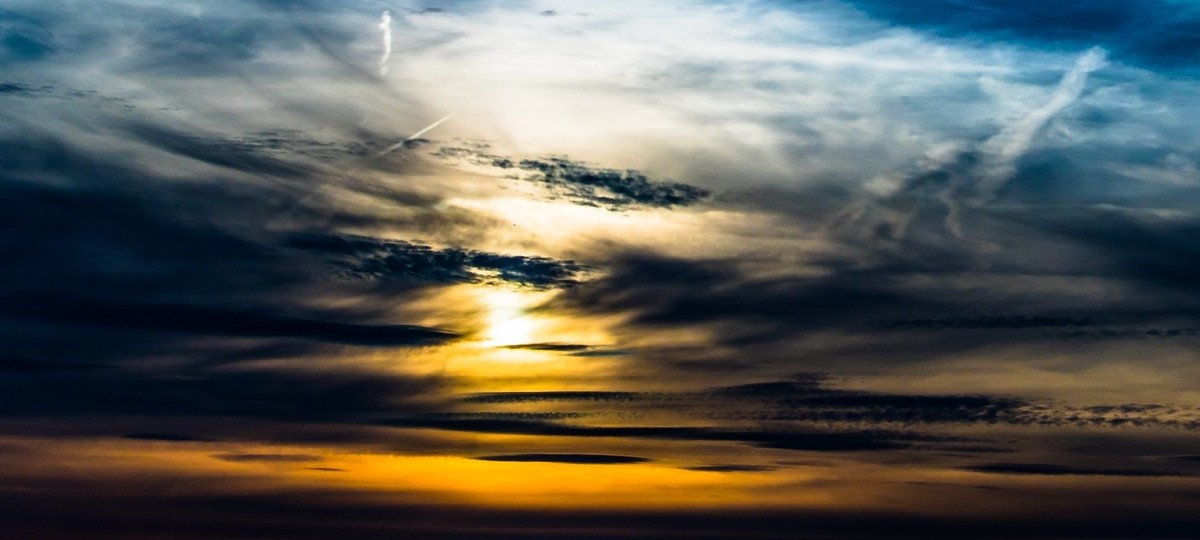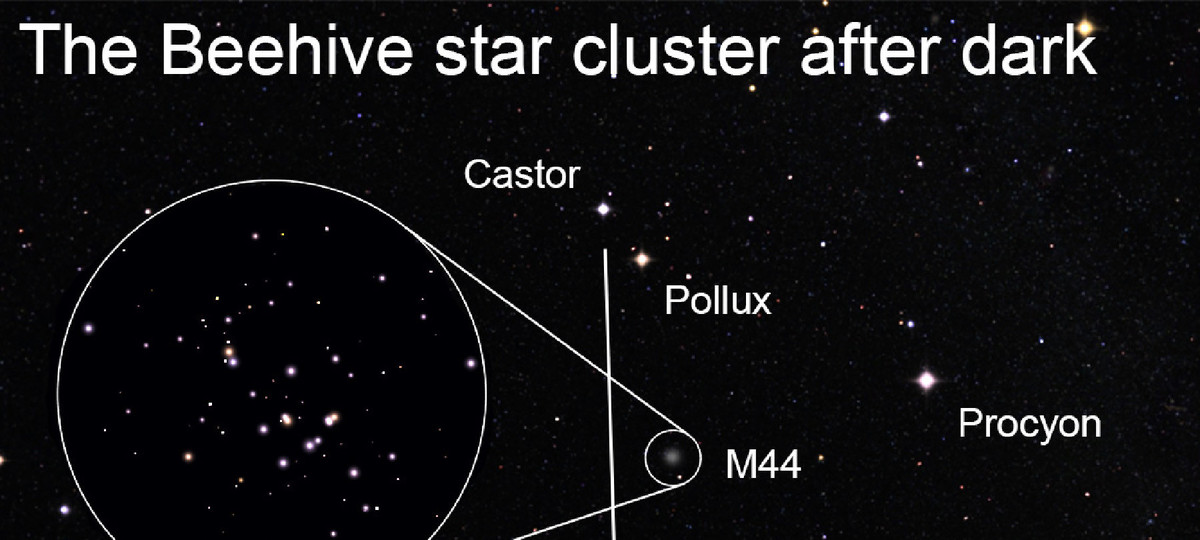Description
Seeing Double in the Dipper
By Dennis Mammana
Week of March 29 – April 4, 2020
It’s pretty easy for us terrestrial stargazers, orbiting a single star like the sun, to believe that the stars of our nighttime sky must be similar to it.
In some ways that’s true. All are globes of mostly hydrogen that shine by a process of thermonuclear fusion occurring deep within their cores. But, as astronomers have learned over the past few centuries, that’s where the similarity often ends.
Today, we know that stars can be larger or smaller, redder or bluer, hotter or cooler, than the sun. Many stargazers are surprised to learn, however, that between half and three-quarters of all stars are actually part of systems in which two (or sometimes more) stars orbit a common center of gravity.
Even a quick glance around the night sky will reveal many stars that seem to have a “companion star” nearby. If two stars are bound by gravitation, we call them “binary” stars; if they just appear close together in the sky, we know them as “double” stars.
We can find an interesting example high in the northeastern sky after dark this week, especially with binoculars or a small telescope.
Find the seven stars that form the bowl and handle of the Big Dipper. Most people believe that the Big Dipper (or the Plough, as the British prefer) is a constellation, but it’s simply a group of stars that’s only part of the large constellation Ursa Major, the Great Bear. It’s what astronomers call an “asterism”, a group of stars that — with enough imagination — can appear as a familiar shape.
Its seven nearly-equally bright stars form the shape of a bowl with a bent handle, and it’s at the bend of the Dipper’s handle that we can find an interesting sight.
Look here to see if you can spot a “double” star. These two are known by their proper names, Mizar and, its fainter companion, Alcor, also called the “Horse and Rider.”
If you cannot see both stars with just your eyes, aim binoculars in their direction, and you should have no trouble at all.
It was the 13th-century Persian writer Al Kazwini who wrote, “People tested their eyesight by this star.” The 14th-century Arabian writer Al Firuzabadi referred to it as “Al Sadak” (“the test” or “the riddle”).
Seems rather odd, though. Both stars are easily visible to most people today, even in moderately light-polluted regions. Has human eyesight improved that much over the past six or seven centuries, or has the fainter star Alcor brightened significantly since medieval times? No one knows for sure.
Measurements show that these two stars lie about 36 light-years from us and move together through space, but it’s unclear if Alcor and Mizar are physically bound by gravitation.
We do know, however, that Mizar, the brighter of the two, has a physical companion star that you can see with a small- or medium-sized telescope. What you can’t see is that each of these has yet another companion star nearby, making Mizar part of a quadruple-star system. Alcor also has a companion, and together, the Horse and Rider seem to be part of a six-star family!

Visit and follow Dennis Mammana at facebook.com/DennisMammana. To read features by other Creators Syndicate writers and cartoonists, visit the Creators Syndicate website at www.creators.com.







Reviews
There are no reviews yet.